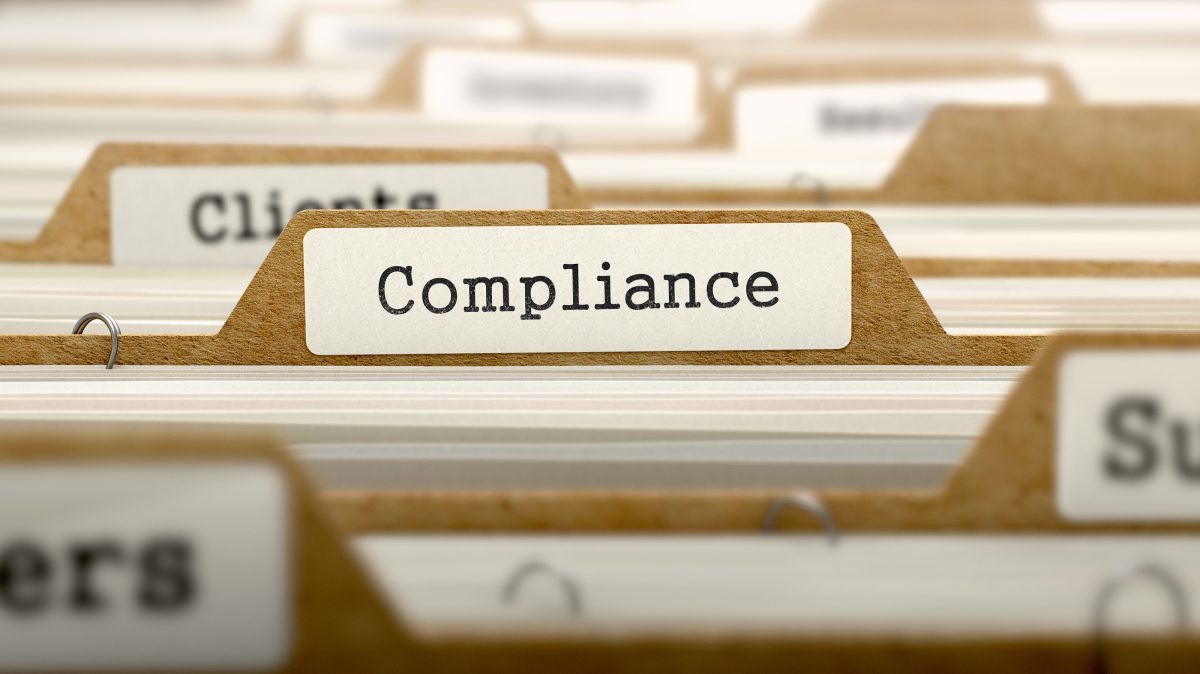Influir en el cumplimiento

Alcance: For regulatory purposes, the scope is defined as an area in which something acts or operates or has power or control. Inspectors should always be familiar with the scope of the regulations they enforce. The scope of the blue signal regulations is to provide protection for railroad employees engaged in the inspection, testing, repair, and servicing of rolling equipment, while on, under, or between such equipment and subjects them to the danger of personal injury posed by any movement of such equipment.
The blue signal regulations are one of the most notable successes in railroad safety. Prior to their implementation, there were between 20 and 25 employee fatalities annually resulting from non-compliance with railroad Operating Rule # 26, which covered blue signal protection.
Since implementation, we quickly reduced this to zero. That came through vigorous enforcement by inspectors, including zero tolerance for non-compliance. The lesson is: You should never tolerate non-compliance. We’re going to spend a fair amount of time on the blue signal regulations, because it’s critical that inspectors thoroughly understand them. It’s also critical that we achieve uniform compliance throughout the industry. If you know of differences in opinion within your region, or between the MP&E and OP disciplines, we all have an obligation to resolve them. Railroads are known for “shopping around” for an answer when they know of internal disagreements. We can’t afford to let them do that.
